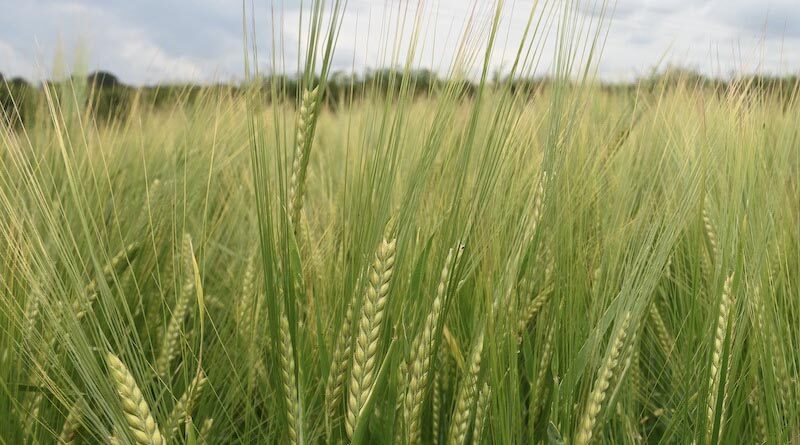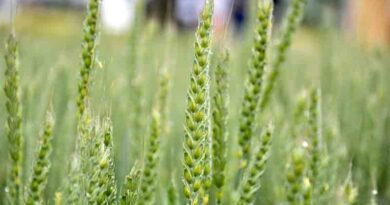Drought in US Southern Plains Hampers Wheat Yields
11 May 2022, US: It has not been a good growing season for wheat farmers in Kansas, Oklahoma and Texas. Even in the fall when wheat was seeded, conditions were not particularly good and in many regions it has gotten much worse over the past six months.
Case in point, Stevens County, Kansas in the southwest part of the state. At planting time in the fall about 24% of the county was in a moderate drought, the lowest classification by the UNL’s Drought Monitor. But today, the drought reading stands at 70% of the county classified as being in exceptional drought, which is the most severe drought rating.
Although some moisture has occurred in dry areas of the Southern Plains over the past week, it may be too little and too late to salvage the crop for some producers. So far no official government estimates have been made, with the first winter wheat yield survey-based estimate coming from USDA on May 12th.
Here, we present estimates for the biggest and most drought-impacted states of Kansas, Oklahoma and Texas to try and assess the potential for yield there. These three states combined account for about one third of all US wheat production, and so losses there can be meaningful for the overall US wheat picture.
The model we use is based on several key metrics, covering the past 31 growing seasons: county average soil moisture readings, daily county weather data (i.e. temperature and precipitation) and state level crop condition ratings.
Also Read: nurture.farm announces exclusive partnership with Dubai based agrochemical company Agfarm
The forecasted yields for each state show significant downgrades from last year’s tallies. Kansas is expected to see the biggest drawdown, with state average yields expected to be slashed by nearly 9 bushels an acre. In total, the expected losses for these 3 states would be about nearly 90 million bushels of lower production this year compared to last year. On an entire US wheat crop that would be around 1,900 MB at trend line US yields of 49.5, this magnitude of loss from these 3 key states would be hard to overcome as it accounts for roughly a 5% loss just from these states.
Certainly, some regions will likely fare better and help buffer the steep losses in the Southern Plains, but the market will likely have to focus on an exceptionally tight HRW wheat balance sheet after multiple years of excess supplies.
What it Means for the Farmer
With all that is going on in Eastern Europe and the global trade disruptions, adding in a big loss to the US wheat crop could create more upside. The KC wheat market in particular may see the best upside here as prices will need to price in exceptionally tight stocks. In the past few weeks, the KC price premium versus Chicago has dwindled but that should begin to elevate as more visibility occurs around the damage in these key growing regions.















